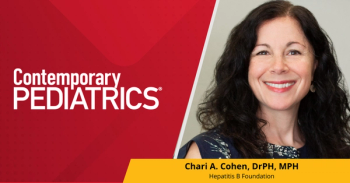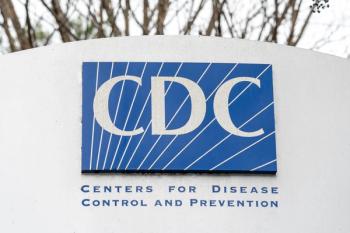Key takeaways:
- FDA issued a complete response letter for Sydnexis’ SYD-101, citing insufficient efficacy data but no safety concerns.
- The Phase 3 STAR trial met its primary and key secondary endpoints, showing >50% reduction in progression for fast-progressing patients.
- SYD-101 remains approved in the EU and could become the first FDA-approved pharmaceutical therapy for pediatric myopia if resubmitted successfully.
The FDA has issued a complete response letter (CRL) for Sydnexis’ New Drug Application (NDA) for SYD-101, a proprietary low-dose atropine eye drop designed to slow the progression of pediatric myopia in children. The decision follows the agency’s review of data from the company’s Phase 3 STAR trial, the largest global clinical program completed to date in pediatric myopia, which enrolled more than 800 children aged 3 to 14 years.1
The federal agency acknowledged that the study met its prespecified primary efficacy endpoint—the proportion of patients with confirmed progression of −0.75D—but stated that the data do not support the overall effectiveness of low-dose atropine in children with myopia, according to a press release from Sydnexis. No deficiencies were noted related to safety, manufacturing, or product quality.
“While we are surprised and disappointed with this decision, Sydnexis is committed to working with the FDA to address the items outlined in the CRL and determining the best path forward toward approval for SYD-101,” said Perry Sternberg, chief executive officer of Sydnexis. “Our goal is to provide eye care professionals in the [United States] with the first FDA-approved option to help slow the progression of pediatric myopia, rather than continued reliance on compounded formulations of atropine.”
Sydnexis previously announced on March 11, 2025, that the FDA had accepted its NDA for review, assigning a Prescription Drug User Fee Act (PDUFA) target action date of October 23, 2025.2
Phase 3 SYD-101 data and safety profile
- Phase 3 STAR trial included >800 patients aged 3–14 years
- Statistically significant efficacy at 12, 24, and 36 months
- 50% reduction in myopia progression among fast progressors
- Stable up to 3 years at room temperature
- No safety or quality issues noted in FDA review
Addressing an unmet need in pediatric myopia
Pediatric progressive myopia is the most common eye disease in children, affecting nearly one-third of the global pediatric population and an estimated 28 million children in the United States alone.2 Its prevalence is expected to rise sharply, with projections exceeding 740 million cases worldwide by 2050. The most rapid progression typically occurs between ages 3 and 10, and severe cases are linked to long-term risks such as cataracts, retinal detachment, and glaucoma.1
"Having the ability to offer a safe and effective FDA-approved treatment for my pediatric myopic patients would be a welcomed and critical step forward,” said Gregory Ostrow, MD, director of pediatric ophthalmology and Adult Strabismus at Scripps Clinic in San Diego, California, at the time SYD-101's NDA was accepted.2
SYD-101 is approved in the European Union, where it is licensed to Santen S.A. and marketed as Ryjunea.1
What is myopia?
Myopia is the most common eye disease in children, affecting approximately 28 million children in the United States alone. Its prevalence and severity are expected to increase due to lifestyle and environmental factors. Even at low levels, myopia is associated with serious, irreversible, sight-threatening co-morbidities later in life.2
The most rapid progression of the disease occurs in children ages 3 to 10 years, with patients who start progressing younger experiencing more severe outcomes and associated co-morbidities, including cataracts, glaucoma, retinal detachment, and myopic maculopathy, stated Sydnexis.1
References:
- Sydnexis receives complete response letter from FDA for SYD-101 to slow pediatric myopia progression. Sydnexis. Press release. October 23, 2025. Accessed Ocotber 24, 2025. https://www.businesswire.com/news/home/20251023759236/en/Sydnexis-Receives-Complete-Response-Letter-from-FDA-for-SYD-101-to-Slow-Pediatric-Myopia-Progression
- Ebert M. FDA accepts NDA for SYD-101 to treat pediatric myopia. Contemporary Pediatrics. Published March 11, 2025. Accessed October 24, 2025. https://www.contemporarypediatrics.com/view/fda-accepts-nda-for-syd-101-to-treat-pediatric-myopia











